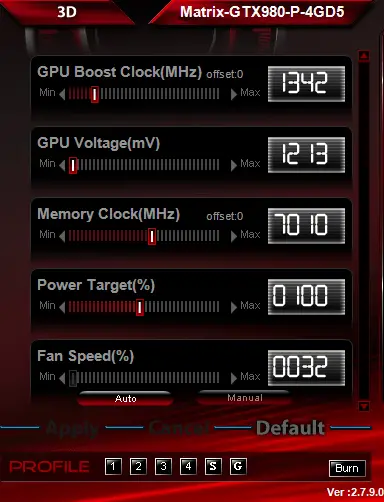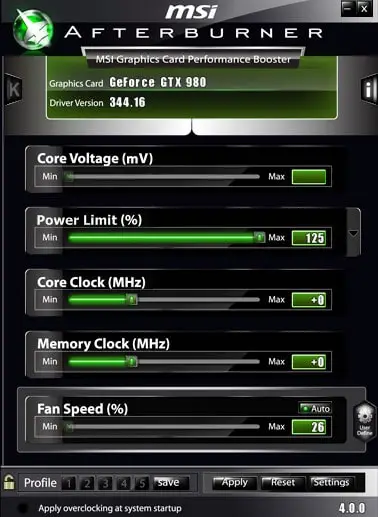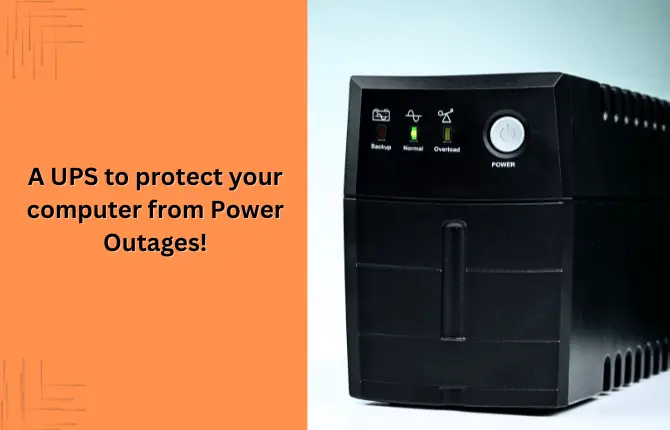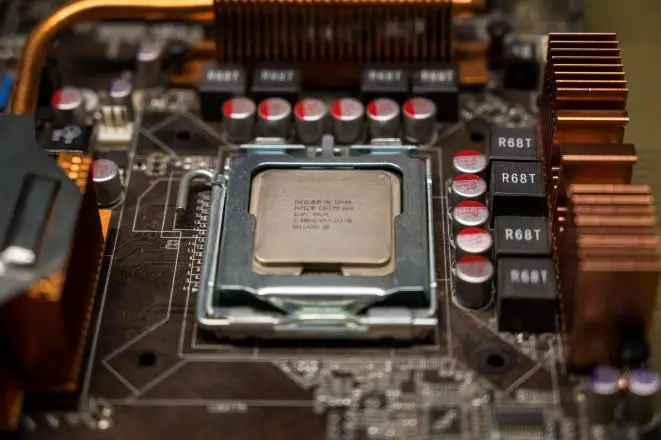Technology has proven its magic every time it invents something new and valuable. The Graphics Processing Unit (GPU) is one of those inventions where technology has once more proven its worth. And today, I will explain the term “GPU Power Target & GPU Power Limit,” its use, and the impact of limiting or raising the GPU Power on computers.
First, let’s know ‘What is GPU Power Target?’ So,
GPU Power Target – What is it?

A Graphics Processing Unit is a computer unit installed on a motherboard that makes mathematical estimations to transport graphics and images used in professional and digital computing environments.
As more graphics-intensive applications are established, their demands have placed a twist on the GPU chip and graphics card memory, resulting in lowered performance. GPU power targets are made to precede those tasks from CPUs and to enhance 3D graphics rendering. GPUs operate through a method known as parallel processing, in which multiple processors handle different aspects of the same task.
What is Power Limit in GPUs?

The GPU power limit defines how much power the GPU can use at plus zero percent the GPU is using the default amount of power. The purpose of the power limit intended to run on increasing the power limit to, let’s say, plus 20%, will cause the GPU to function 20% percent more power for it to use only if it needs it.
These parallel image options determine how much more power the card can exceed concerning the default power limit.
GPUs are well-known in PC gaming for their capability to provide graphics in a smooth and high-quality way. Developers also raise or limit the GPUs Power to accelerate workloads in artificial intelligence (AI) areas.
What is the difference between Power Limit and Temp Limit?
Power Limit indicates the percentage value of the processor power increase (in my case, for example, it can go from -20% to + 20% ), while Temp. Limit refers to the maximum temperature that the GPU can reach and is configurable only if a thermometer is built into the video card.
Use and Impact of GPU Power
Is Raising Power Target or Voltage Bad for Graphic Cards?
Power target or overclocking makes the GPUs run higher speeds by raising the computer’s ability to increase the clock speed above the default value.
Clock speed is defined as the number of cycles that it can perform in one second. More extensive the clock cycle, the more information the GPU can complete per second. If you use overclocked GPU always, you will most likely receive a notification that says, “GPU Voltage Limit Reached,” and you will begin to notice fragmentation, artifacts, and other issues.
Increasing the voltage allows for faster clocking, but there are better precautions to take! If you exceed the voltage limit and continue, you may cause irreversible damage to your card. You can either completely fry it from the start, or you can get a slow burn with poor performance.
Are Power Limit and Power Target the Same Thing?
Yes, power targets and power limits are the same things. The Power Target, traditionally called Power Limit, is a term composed by NVIDIA and eventually accepted by all GPUs.
The Power Target setting indicates the highest power of a graphics card that is powered. In other words, it denotes the highest TDP that a card can provide. On all occasions, except for those cards that are limited or do not have a predefined value, this value is represented as a percentage (%) and is part of the base of 100 percent.
It is helpful if you want to take the card to higher frequencies, or if you want to limit it so that it does not overheat the CPU as much, or simply if you do not need more power in our games, where consumption and temperatures would be saved.
So that’s it! This is all you wanted to know about the GPU power limit, and still, if you hold any doubt, then below is the FAQ section in which you can have all the answers to your problems or queries. Have a look.
FAQs
Should I Raise the Power Target GPU? Is it Safe?
Many people are unaware of how to overclock their graphics card, and many others are simply afraid that they will damage their computers if they do not do so correctly. Raising the power target of your graphics card is generally a safe process – as long as you follow the steps and proceed slowly, you should be fine.
Does Lowering Power Target Lower Power Usage on a GPU?
As you are all aware, thermal throttling is hazardous to your computer; even lowering the power target will assist you in avoiding thermal throttling. Lowering your GPU power target allows your system to run more relaxed, which means your fans won’t have to work as hard. It will keep your system’s temperature stable. You can now see how Undervolting helps to improve your gaming experience. In addition, underclocking your GPU reduces your FPS.
Is it safe to raise the GPU power limit to the maximum?
It depends; if you increase the power limit to the maximum and have heat under control over your GPU and your RAMs, you should be fine; the GPU, in this case, will just want to close to default power; the only difference is that it has a 50% higher in terms of power.
Can Raising Power Target Damage GPU?
No, Raising the power of a GPU primarily means increasing its performance by increasing the speed at which the graphical processor operates. It raises the temperature of your GPU and causes it to draw more power. It’s always important to drive a perfect balance between a stable temperature and increased performance for your graphics card.
This ends our article, hopefully, you liked the insights of the article”What is GPU Power Target? & the Uses of GPU Power Limit?”.




